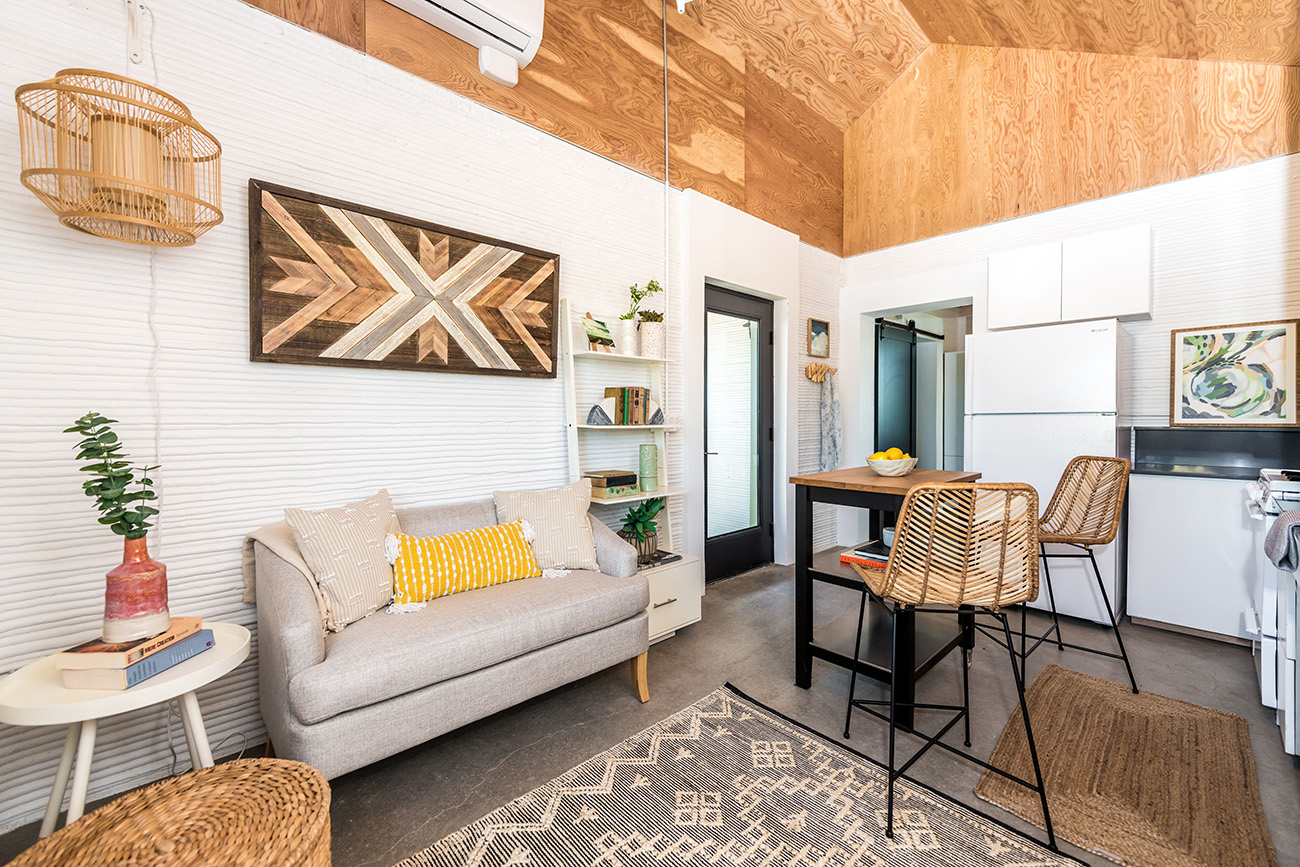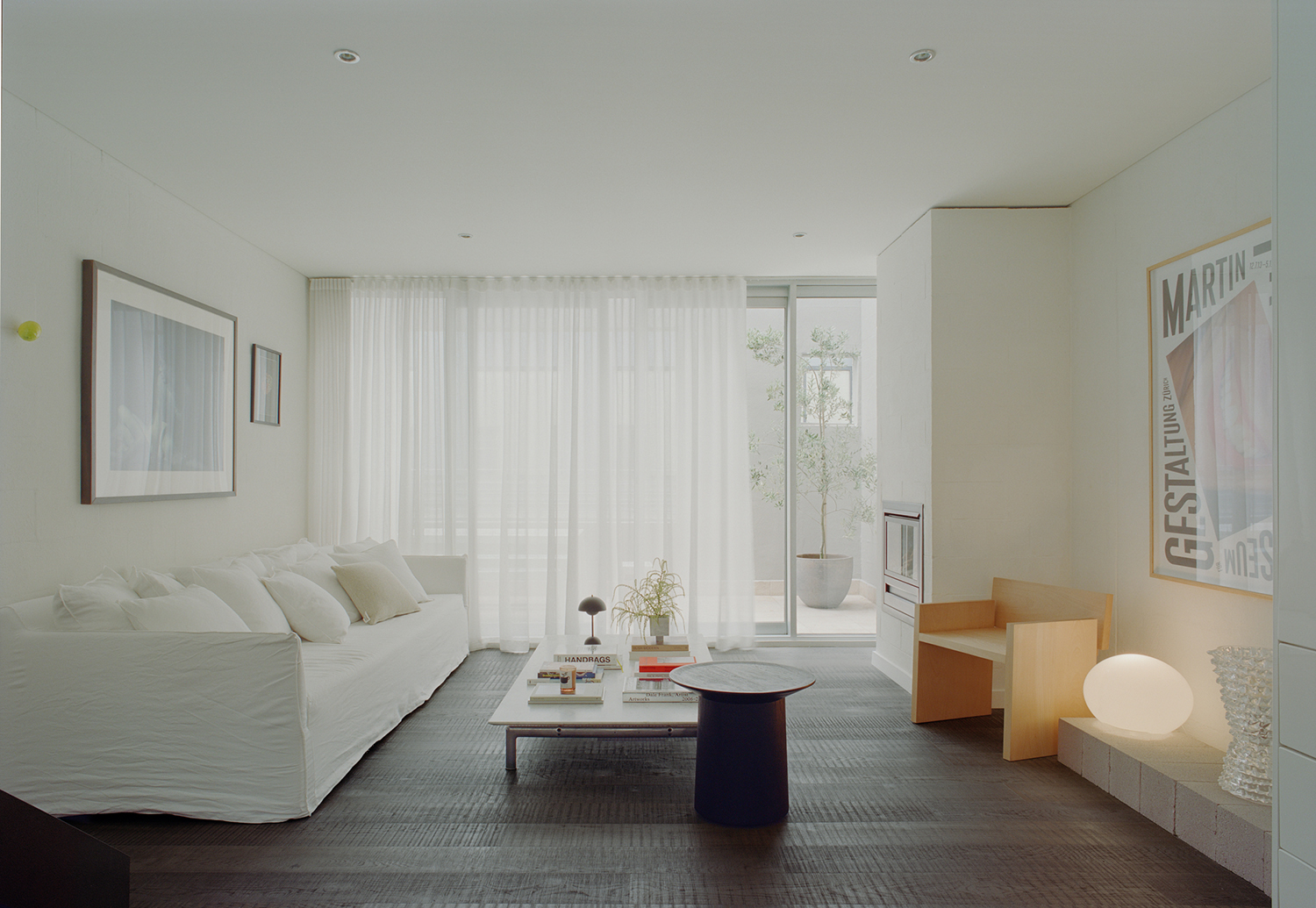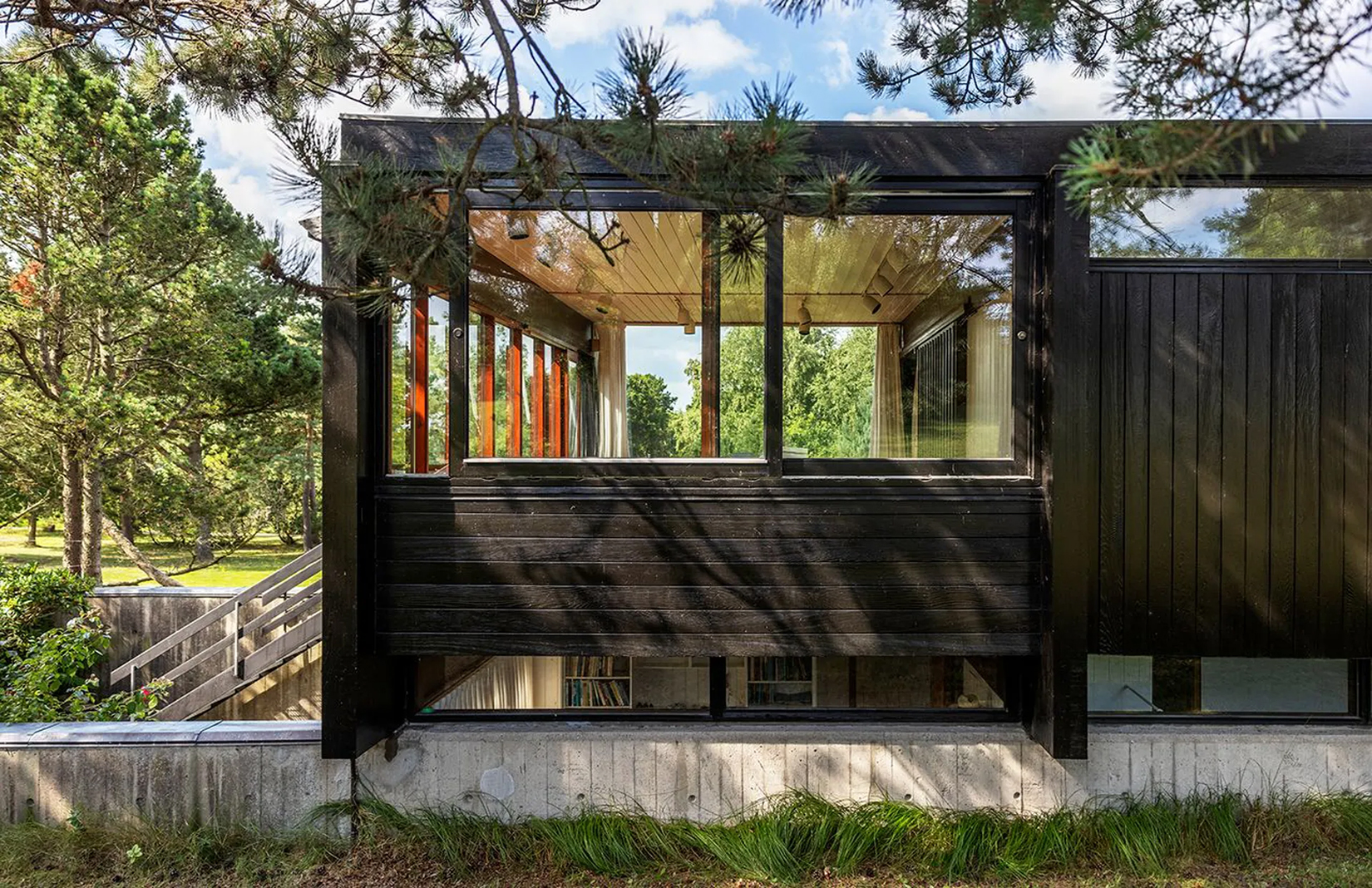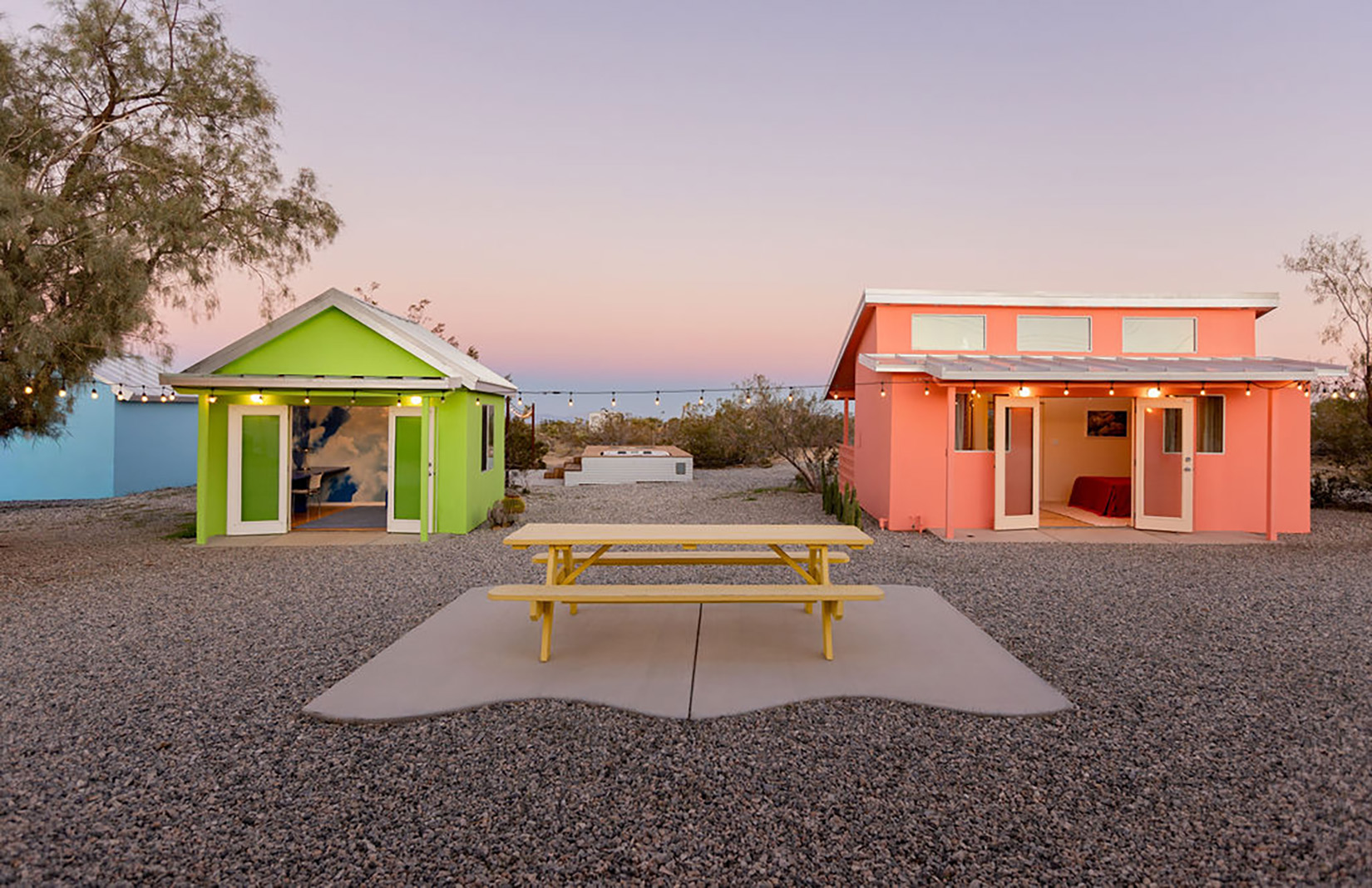3D printed architecture is one of the most exciting frontiers of design with huge potential to be economically and environmentally friendly. But while this technology feels cutting-edge (and is still being developed, refined and trialled ), the origins of this ‘sci-fi’ manufacturing method go back over 40 years.
In 1984, Charles Hull invented stereolithography, allowing designers to create 3D models from digital data, making 3D printing history. Through the 2010s, this technology was applied to everything from building musical instruments to bio-organs (and fuelling the open-source movement in the mid-2000s), moving beyond the realms of plastics and polymers into innovative bio-organic materials and metals.
View this post on Instagram
As the price of 3D printers has come down, their application has spanned into architecture too. The technology is being applied in housing developments from Eindhoven to the jungles of El Salvador, building prototype weather-proof, low-cost and environmentally friendly dwellings.
In Ravenna, Italy, another milestone was recently reached by Mario Cucinella Architects and WASP, which unveiled the first carbon-zero 3D-printed clay home, ushering in a new era of environmentally conscious design.
Here are three 3D housing projects that show how far we’ve come – while hinting at where the technology may go next.
TECLA by Mario Cucinella Architects and WASP, Ravenna, Italy

Photography: Mario Cucinella Architects and WASP

Photography: Mario Cucinella Architects and WASP

Photography: Mario Cucinella Architects and WASP

Photography: Mario Cucinella Architects and WASP

Photography: Mario Cucinella Architects and WASP

Photography: Mario Cucinella Architects and WASP

Photography: Mario Cucinella Architects and WASP

Photography: Mario Cucinella Architects and WASP

Photography: Mario Cucinella Architects and WASP

Photography: Mario Cucinella Architects and WASP
The twin domes of this 3D-printed home – which is named for a story from Italo Calvino’s Imaginary Cities – are made entirely from local soil. TECLA might look like an ancient dwelling, but it’s built using cutting edge 3D printing technology, which requires no underlying framework meaning the building can be finished in just 200 hours. The use of earth means its shell is totally biodegradable. Inside is a living area, bedroom and bathroom, all of which follow the same ancient yet futuristic style. The architects hope to use the technology for housing crises around the world.
Community First! Village by ICON, Texas, USA

Robotics lab ICON – and its pioneering Vulcan printer – is responsible for some of the first 3D printed homes globally, including the Community First! Village, which was completed last year in Texas, USA. The 400 sq ft Austin properties, including a bedroom, bathroom, kitchen, living space and porch, and have all been built for formerly homeless people – more than 200 of which have moved in so far.

Over 1,400 more homes are set to be made, and the Vulcan 3D printer has been recognised with this year’s Best of the Best award in Red Dot’s product design category.
ICON is currently working on America’s first commercially available 3D printed homes, also located in Austin, and the world’s first 3D printing the first village in Tabasco, Mexico. Its inaugural prototypes, designed by tiny home expert Yves Béhar alongside ICON and homelessness charity New Story, were completed in December 2019 and took just 24 hours to print. They’re the first of 50 dwellings planned for the low-income suburb and are on the larger scale at 1500 sq ft. They’re also high performing and are engineered beyond current standards set for buildings constructed in earthquake zones.

See more on the Vulcan II-printed Mexican village.
Palari Villas by Mighty Buildings in California, USA

Dubbed the first 3D-printed, zero-net energy sustainable neighbourhood, the Palari Villas are made from prefabricated panels assembled on site. The properties are set to be constructed in the Coachella Valley’s Rancho Mirage and promise to be completed half the time a traditional home takes.

According to The Independent, the process removes 99% of construction waste. In keeping with the eco-friendly philosophy, the Palari Villas will run on solar power. Owners can customise each home to their liking, installing electric vehicle chargers as well as sustainably sourced fire pits, hot tubs and outdoor showers. The villas start at $595,000.























